Consistently creating high-quality content is hard. Whether you’re a professional content writer or someone

Image via picjumbo
without a writing background trying to figure out this whole content marketing thing – creating content requires a lot of work, and doing it well is an ongoing struggle.
I can’t provide any shortcuts to make content writing quick and easy, while still maintaining the level of quality good content marketing requires. But I can provide a few tried and tested tips that make the writing process easier, while ensuring the end results are still well worth it.
5 Tips for Easier Content Writing
- Devote time to research.
As a reminder: I didn’t promise that these tips would make the work faster, just easier and better. Committing some real time to doing solid research before you start writing will help with both those things.
This is the step most likely to get lost in the shuffle when you rush your writing. You may think you can get by just getting words onto the page so it’s done. The problem is it’s much harder to write about something you don’t understand than it is to write on a topic you know well. Trying to pull information out of your brain that’s not there is difficult!
And obviously, doing your research upfront means your piece will be more accurate and include better information than if you’re essentially making guesses or making things up.
Unless you’re already an expert on the topic you’re writing about (and a lot of the time, even then), you have to make sure you do your research. Give yourself time to learn your topic well before you dive into writing.
- Create an outline.
When I was in school, I used to rebel against this idea. Sure, every teacher recommends it, but I knew what I was doing. Why spend time on organization when I could skip that step and just get to the writing?
Soon after I started writing professionally, I realized how silly my earlier thinking had been. No matter how good of a writer you are, creating outlines can make you better, make your work process more efficient, and make writing easier.
This is especially true when you’re writing for the web. Between SEO and the way people read online (specifically, a lot of skimming), using headings and lists to organize your writing is important.
When you create an outline in advance you:
- Determine the post will have a structure that makes it easy to read.
- Can create advance opportunities for optimizing and including headings and sections that aid in SEO.
- Give yourself a head start on the post that makes the actual writing part easier.
You know the writer’s cliché of staring at a blank word document? Filling that blank document in with an outline is easier than starting with the writing itself. And once you do start writing, the document won’t be blank anymore and you’ll have your initial notes and structure to guide you as go.
- Find your writing time of day.
Mine is usually morning and early afternoon, but yours may be something completely different. Writing requires a lot of mental energy. It will be much harder to do well if you try to do it at a time of day when your brain doesn’t want to do that work.
Everyone has times of day when they have more energy and will be more productive. Start paying attention to how productive you are in the morning versus in the afternoon versus in the evening. Once you identify the time of day when writing’s easiest, start to plan your schedule around it. You’ll both be more productive and do better work.
- Block distractions (but do take planned breaks).
The internet is very distracting. Writing requires focus, but it’s hard to keep that focus when you know Facebook or Buzzfeed (or whatever your go-to time waster is) is just a click away.
Here’s the thing: your brain does need breaks. You don’t have to swear off every distracting website on the web during your working hours, and doing so might actually be to your detriment. But if you let your brain wander off course every few minutes (or worse, seconds), then you’ll have a harder time getting your writing done and the distraction will show in a more scattered and unclear end result.
So decide in advance that you’re allowed breaks and plan out when you’ll take them. You can use something like the Pomodoro Method to time them out in set intervals or you can assign yourself a certain number of words or sections before your next break is allowed.
And if you have trouble keeping your focus in between the planned breaks, you can block all the distracting websites with a tool like Focus. It’s ok to need a little outside help to control your worst impulses – certainly better than giving into them and facing a harder, slower writing process because of it.
- Don’t aim for perfection.
You should absolutely hold yourself to a standard of quality, but if you always aim for perfection in your writing, you’ll overthink the writing process and make things a lot harder on yourself. At some point, your writing has to be done so you can move onto the next thing. And trust me that you’re thinking a lot more about the words you choose than your readers are – most of them are skimming, remember?
Do commit to writing well. Make sure:
- The information you include is accurate
- Your word choices aren’t awkward
- Your sentences make sense and read well.
- You correct any typos or errors during the proofreading process (and don’t skip the proofreading process!)
- And that your content is well designed to achieve its goals – whether that means educating readers, increasing brand awareness, or including CTAs to drive a specific action.
If your writing makes sense, provides valuable information, and is easy to read, then you’re probably good! Don’t drag down your process by overanalyzing every word choice to make it perfect.
At the end of the day, writing is subjective anyway and you’ll never make everyone happy. What’s most important is making sure your content writing is useful enough to help your readers and achieve its goal.
If you’re worried your staff is getting burned out trying to keep up with all the writing that good content marketing requires, I may be able to help. Get in touch to see if we might be a good fit.

 Media Bistro helps play matchmaker for hiring managers in the media industry and the talented professionals they hire. Since the company has two equally important audiences, they produce two blogs:
Media Bistro helps play matchmaker for hiring managers in the media industry and the talented professionals they hire. Since the company has two equally important audiences, they produce two blogs: 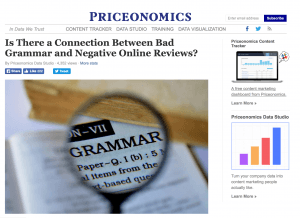



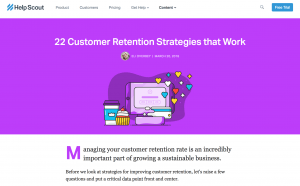
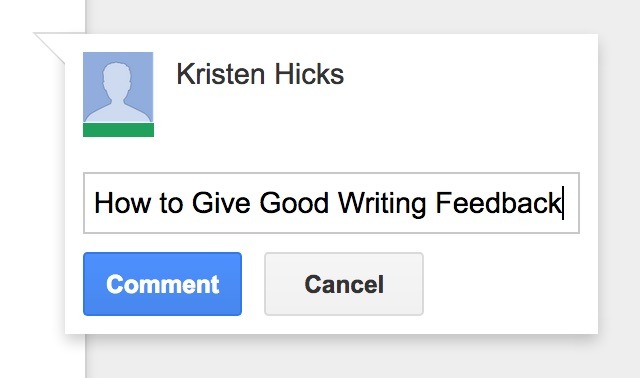
 For many businesses, one of the frustrating things about
For many businesses, one of the frustrating things about 
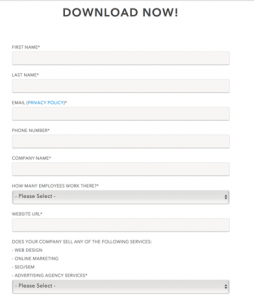

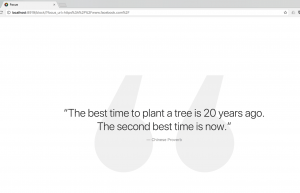
 ). Just do a search for “focus noise” or focus music” and you’ll see lots of results. Give some a try and see if you’re the kind of writer who works better with the right kind of noise in the background.
). Just do a search for “focus noise” or focus music” and you’ll see lots of results. Give some a try and see if you’re the kind of writer who works better with the right kind of noise in the background.